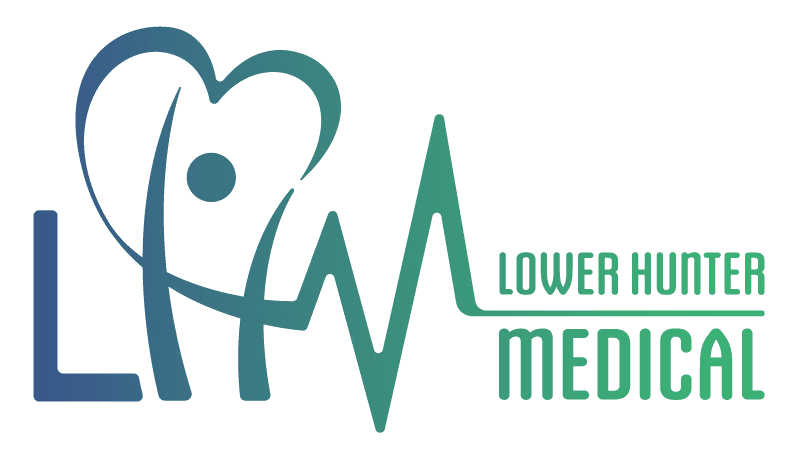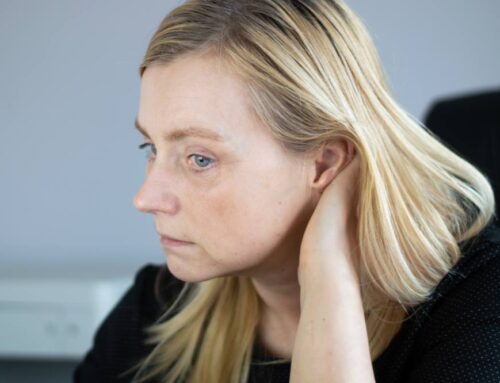Headache is one of the most common clinical scenarios faced by a neurologist.
Delving into the intricate world of headaches requires a foundation grounded in peer-reviewed literature. We navigate this landscape armed with a synthesis of scientific inquiry, clinical expertise, and evidence-based medicine. Let us embark on a scholarly journey through the realm of headaches, fortified with references to illuminate our path.
Tension-type headaches, those ubiquitous companions of modern life, find their resonance in the neurobiology of central sensitization. As Louter et al. (2013) elucidate, these headaches often stem from a complex interplay of serotoninergic and dopaminergic neurotransmitter imbalances, resulting in heightened nociceptive processing within the trigeminovascular system (1). The diagnostic classification, a cornerstone of our approach, takes root in the International Classification of Headache Disorders (ICHD) criteria outlined by Olesen et al. (2018) (2).
Migraines, those multifaceted phenomena, draw our gaze to the work of Charles (2018), wherein the cortical spreading depression hypothesis provides a framework for understanding the aura phenomenon that heralds their onset (3). The genetic underpinnings of migraines find resonance in studies such as Gormley et al. (2016), shedding light on susceptibility genes such as MTHFR and TRPM8 (4). Triptans, the mainstay of acute migraine therapy, evoke a synthesis of serotonin receptor agonism and vasoconstriction as elucidated by Pascual et al. (2018) (5).
Cluster headaches, with their distinct chronobiological rhythm, beckon us to explore the hypothalamic involvement underscored by Sprenger et al. (2004), revealing hypothalamic activation through functional imaging techniques (6). The therapeutic landscape, a fusion of pharmacology and neuromodulation, is elegantly detailed by Martelletti et al. (2016), advocating for a multimodal approach that encompasses verapamil and novel modalities like transcranial direct current stimulation (7).
Within the diagnostic arena, the meticulous application of clinical acumen aligns with the insights of Schwedt and Dodick (2005), emphasizing the value of comprehensive history-taking and examination in the accurate classification of headaches (8). Neuroimaging’s role in unveiling structural anomalies is vividly portrayed in a study by Maniyar et al. (2014), employing MRI and DTI to reveal altered brain connectivity in migraineurs (9). The symphony of neural activity finds representation through the work of de Tommaso et al. (2014), showcasing the utility of electroencephalography in unmasking underlying cortical dynamics (10).
In the therapeutic orchestration, a dance of pharmacological and neuromodulatory interventions, the authoritative guidance of Silberstein et al. (2019) encapsulates the current pharmacological strategies, drawing from the American Headache Society’s guidelines (11). Neuromodulatory avenues like occipital nerve stimulation resonate in the work of Dodick et al. (2016), unveiling its potential for intractable headache relief (12).
In summary, our journey through the realm of headaches, as neurologists, is one illuminated by the torch of peer-reviewed inquiry. With each scholarly stride, we harmonise the symphony of knowledge, clinical insight, and therapeutic innovation, striving to alleviate the intricate melodies of pain that echo through the human experience.
References:
1. Louter, M. A., et al. (2013). Cutaneous allodynia as a predictor of migraine chronification. Brain, 136(11), 3489-3496.
2. Olesen, J., et al. (2018). The International Classification of Headache Disorders, 3rd edition. Cephalalgia, 38(1), 1-211.
3. Charles, A. (2018). Cortical spreading depression and migraine. Nature Reviews Neurology, 14(2), 79-89.
4. Gormley, P., et al. (2016). Meta-analysis of 375,000 individuals identifies 38 susceptibility loci for migraine. Nature Genetics, 48(8), 856-866.
5. Pascual, J., et al. (2018). Mechanisms of action of 5-HT receptor agonists triptans. Drugs, 78(9), 887-901.
6. Sprenger, T., et al. (2004). Hypothalamic activation in trigeminal autonomic cephalalgias: functional imaging of an atypical case. Cephalalgia, 24(5), 376-380.
7. Martelletti, P., et al. (2016). Neuromodulation in cluster headache: Targets and possible mechanisms. Neurology, 86(4), 391-402.
8. Schwedt, T. J., & Dodick, D. W. (2005). Advanced neuroimaging of migraine. The Lancet Neurology, 4(9), 560-568.
9. Maniyar, F. H., et al. (2014). The anatomic link between the migraine generator and the brainstem: A probabilistic mapping study in the general population. PLoS One, 9(12), e114955.
10. de Tommaso, M., et al. (2014). Neuromagnetic cortical rhythms in chronic migraine. The Journal of Headache and Pain, 15(1), 65.
11. Silberstein, S. D., et al. (2019). Acute treatment of migraine: A review and practical guidance. Cleveland Clinic Journal of Medicine, 86(5), 331-340.
12. Dodick, D. W., et al. (2016). Occipital nerve stimulation for the treatment of intractable chronic migraine headache: ONSTIM feasibility study. Cephalalgia, 36(4), 328-335.






